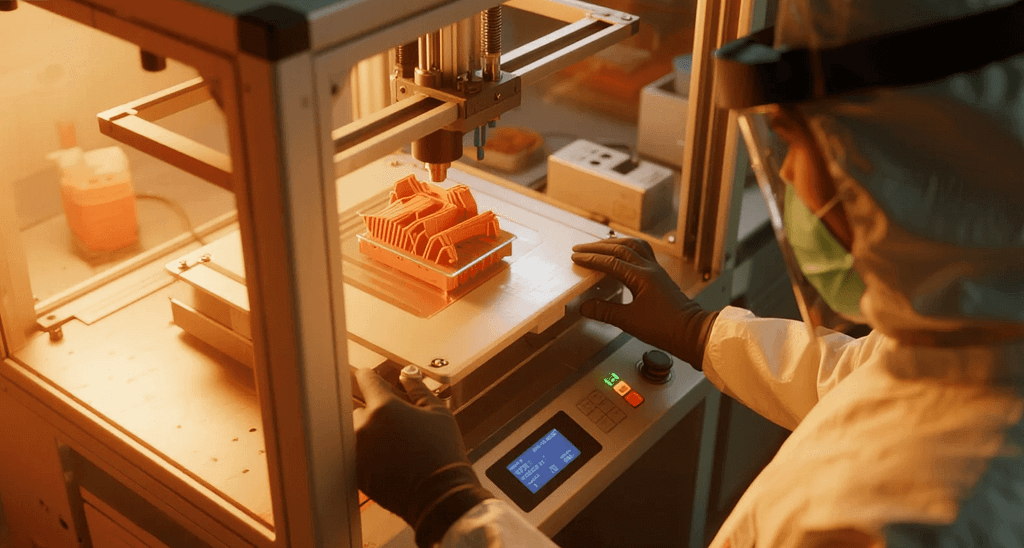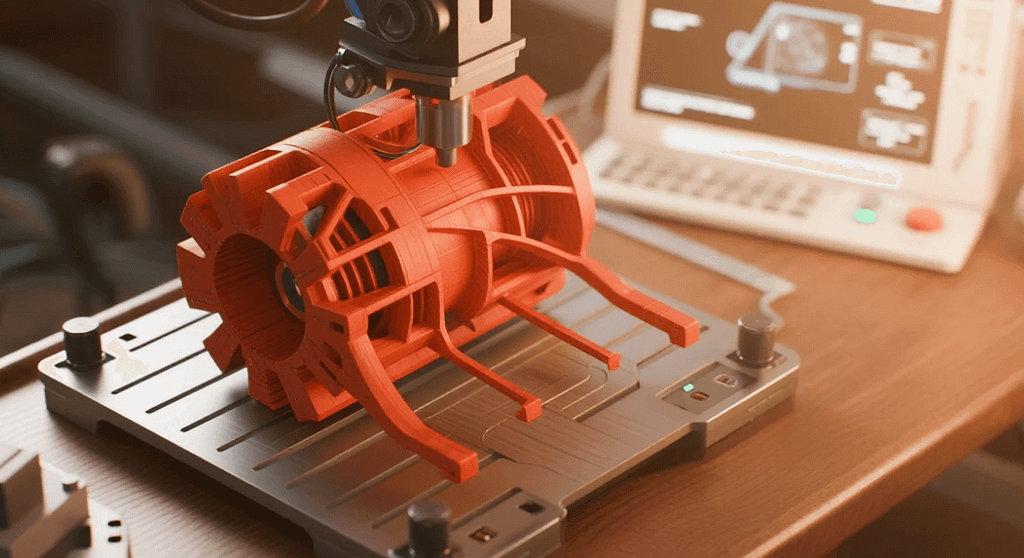In today’s rapidly evolving industrial landscape, businesses are constantly seeking innovative production methods to enhance efficiency, reduce waste, and create complex designs with precision. Among these innovations, what is additive manufacturing has become a question many manufacturing professionals are asking.
In simple terms, additive manufacturing—commonly referred to as 3D printing—builds parts layer by layer, rather than removing material from a larger block. This technique allows for intricate designs, faster prototyping, and significant material savings. For manufacturing service providers and product users alike, it’s more than a trend—it’s a transformation.
The Definition of Additive Manufacturing

At its core, аддитивное производство is a process of creating objects by depositing material in successive layers, based on a digital model.
Unlike subtractive manufacturing methods such as CNC machining, where material is removed from a solid block, additive processes build up material only where it’s needed. This results in minimal waste and opens the door to complex geometries that were once impossible or cost-prohibitive.
Key features include:
- Layer-by-layer construction.
- Use of digital 3D models.
- Compatibility with various materials (metals, plastics, ceramics, composites).
- Ability to produce both prototypes and end-use parts.
How Additive Manufacturing Works
The process generally follows these steps:
- Design – A CAD (Computer-Aided Design) model of the desired object is created.
- Conversion to STL – The CAD file is converted into an STL file format, which slices the model into layers.
- Printing – A machine deposits material layer by layer according to the sliced data.
- Post-processing – Parts may require finishing processes like sanding, heat treatment, or coating to achieve final specifications.
Transitioning from traditional production to additive manufacturing requires a shift in thinking—from designing for manufacturability to designing for performance.
Main Additive Manufacturing Technologies

Different applications call for different technologies. The most widely used include:
- Моделирование методом наплавленного осаждения (FDM) – Ideal for rapid prototyping with thermoplastics.
- Селективное лазерное спекание (SLS) – Uses lasers to fuse powdered material, suitable for complex geometries.
- Стереолитография (SLA) – Employs UV light to cure resin, producing high-detail parts.
- Direct Metal Laser Sintering (DMLS) – Creates strong, functional metal components.
- Струйная обработка вяжущего – Deposits a binding agent onto powder to form parts, later sintered for strength.
Benefits for the Manufacturing Industry
The advantages of аддитивное производство extend far beyond aesthetics. For manufacturers, these include:
- Design freedom – Create parts with complex internal channels, lightweight structures, and unique shapes.
- Reduced lead times – Prototypes can be produced within hours or days instead of weeks.
- Lower waste – Only the required material is used.
- On-demand production – Parts can be manufactured when needed, reducing storage costs.
- Настройка – Products can be tailored for specific applications or customers.
Challenges and Limitations
Despite its promise, аддитивное производство has limitations manufacturers should consider:
- Material restrictions – Not all materials are available for every process.
- Production speed – Large-scale production may still favor traditional methods.
- Surface finish – Many printed parts require post-processing to achieve desired smoothness.
- Cost for certain applications – High-end equipment and specialized materials can be expensive.
Industrial Applications

Manufacturers across industries are integrating additive manufacturing into their workflows:
- Аэрокосмическая промышленность – Lightweight parts, complex fuel nozzles, and heat exchangers.
- Автомобили – Custom tooling, rapid prototyping, and performance components.
- Medical – Patient-specific implants, surgical guides, and prosthetics.
- Consumer Products – Custom-designed items, small-batch production.
- Промышленное оборудование – Replacement parts and specialized machinery components.
Additive Manufacturing vs. Traditional Manufacturing
| Feature | Additive Manufacturing | Traditional Manufacturing |
|---|---|---|
| Material Use | Minimal waste | Significant waste possible |
| Design Complexity | Высокий | Limited |
| Production Volume | Low–medium | Высокий |
| Setup Time | Short | Long |
| Cost Efficiency | Better for small batches | Better for mass production |
The Future of Additive Manufacturing in Industry
As materials, machines, and software improve, аддитивное производство will continue to expand its role in industrial production. Expect to see:
- Greater integration with AI-driven design optimization.
- Expansion into larger-scale production runs.
- More sustainable materials.
- Increased hybrid manufacturing methods combining additive and subtractive processes.
Заключение
So, what is additive manufacturing? It’s not just a new production tool—it’s a paradigm shift in how manufacturers design, test, and produce goods. By offering unprecedented design flexibility, reducing waste, and enabling on-demand production, it holds enormous potential for manufacturing services and product users who want to stay ahead in a competitive market.
ЧАСТО ЗАДАВАЕМЫЕ ВОПРОСЫ
Q1: Is additive manufacturing the same as 3D printing?
Yes, 3D printing is a common term for additive manufacturing, though the latter is used more in industrial contexts.
Q2: Can additive manufacturing replace traditional manufacturing?
Not entirely. It complements traditional methods, especially for prototypes, small batches, and complex parts.
Q3: What industries benefit most from additive manufacturing?
Aerospace, automotive, medical, and industrial manufacturing are major beneficiaries.
Q4: What materials are used in additive manufacturing?
Plastics, metals, ceramics, and composites are commonly used, depending on the process.
